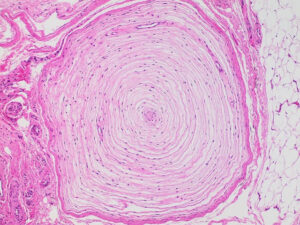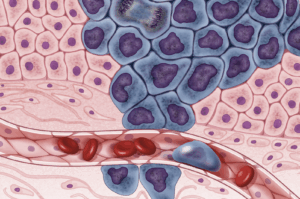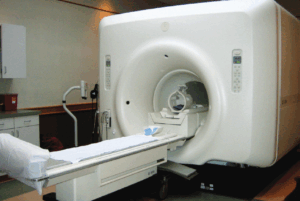
Oh, Rats! Zoonotic Diseases in Urban Interfaces
Zoonotic diseases—those transmitted from animals to humans, either directly or indirectly—gained widespread attention in the Western world with the emergence of COVID-19, which is believed

Zoonotic diseases—those transmitted from animals to humans, either directly or indirectly—gained widespread attention in the Western world with the emergence of COVID-19, which is believed

Electrochemistry—the study of how electricity drives chemical reactions—is at the heart of a promising new approach to tackling climate change and meeting global energy demands.

How we physically feel things—and how we form perceptions of the world based on what we feel—is an age-old question in the field of neuroscience.

In today’s digital world, tech corporations are constantly working to ensure customer satisfaction. That has led to the design of rating systems, enabling users to

Just as an organism’s anatomy reflects its evolutionary history, a galaxy’s morphology is dictated by its past environmental interactions. Collisional ring galaxies have a particularly

On Jan. 20, 2025, President Donald Trump issued Executive Order 14168, titled “Defending Women from Gender Ideology Extremism and Restoring Biological Truth to the Federal

Research has identified that sex differences play an important role in non-reproductive cancers—not only in how cancers develop, but also in how patients respond to

During the pandemic, Molly Hill (YC ’25) spent much of her time thinking about birds. Growing up in Pasadena, a suburb northeast of downtown Los

A fluke in a chemistry experiment seven years ago led Josie Jayworth (GSAS ’24) to discover a new chemical anchoring group—one that would later become

In this technological age, media platforms are overflowing with news to the point that it can be difficult to discern what is or isn’t true.

Carl Zimmer (YC ’87) begins Air-Borne as an audience member at the Skagit Valley Chorale’s May 2023 performance, imagining the drift of microscopic droplets—suspended particles

A cancer patient lies patiently in the narrow tube of an MRI machine, the room humming with magnetic pulses. For many patients, the scariest part